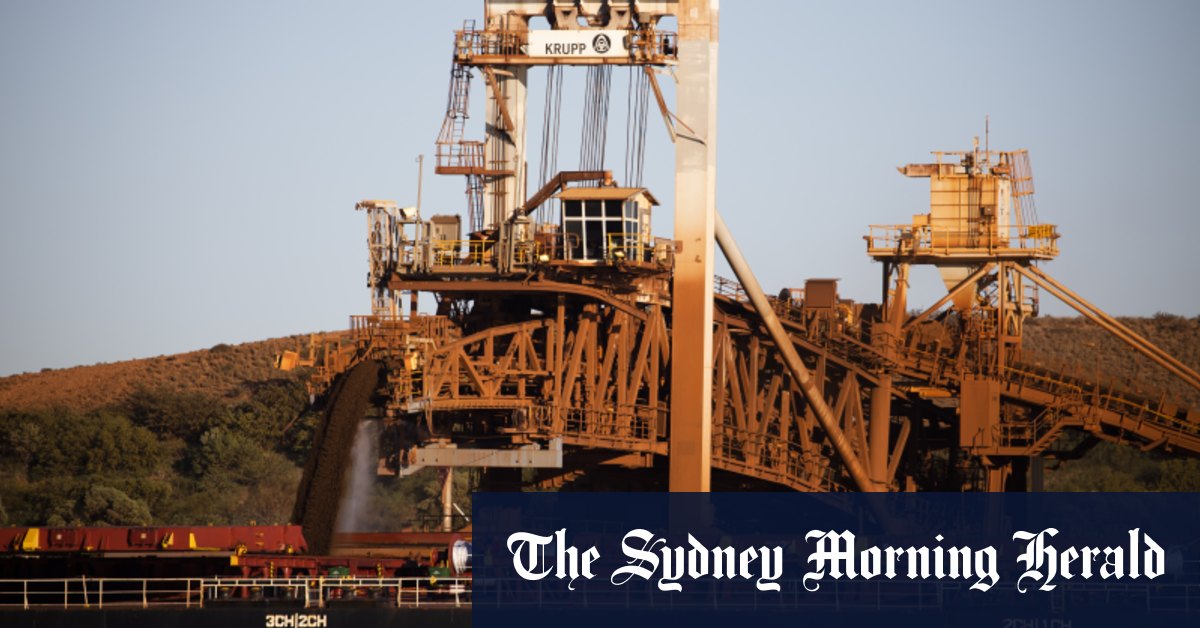
“The next step is to examine the technology and what is currently possible to decarbonise,” Mr Gresshoff said “Having a clear understanding of where the company assets are in their life cycle is critical, as well as an understanding of what technology is available and what technology could fit with the current operation.”
Rio Tinto, the nation’s biggest iron ore miner, last year vowed to lift its 2030 carbon-reduction targets from 15 per cent to 50 per cent across its global operations, and committed to spending $US7.5 billion ($10 billion) on decarbonisation investments by the end of the decade. It has an ambition for net-zero emissions — removing as much carbon dioxide from the atmosphere as it generates — by 2050.
“Governments are setting more ambitious targets and accelerating actions on climate change,” Rio said in October. “Society at large is also demanding companies take more action to decarbonise.”
A key part of Rio’s investments will be earmarked to clean up its sites in Australia, where iron ore output provides the bulk of the group’s earnings. Its sites are mainly powered by emissions-intensive gas-fired electricity and Rio said it would invest in building 1 gigawatt of new wind and solar power to help replace natural gas.
BHP has a target to cut its direct emissions by 30 per cent by 2030, and a goal for net-zero emissions by 2050. Fortescue, whose chairman and top shareholder is billionaire Andrew Forrest, has set the mining sector’s most aggressive decarbonisation pledges including a hard target to reach net-zero emissions across its existing and future operations by 2030.
Fortescue, which generates more than 2 million tonnes of greenhouse gas a year, has been trialling technology in hydrogen, ammonia and battery power for trains, ship engines, haul trucks and drill rigs in a bid to achieve its target.








